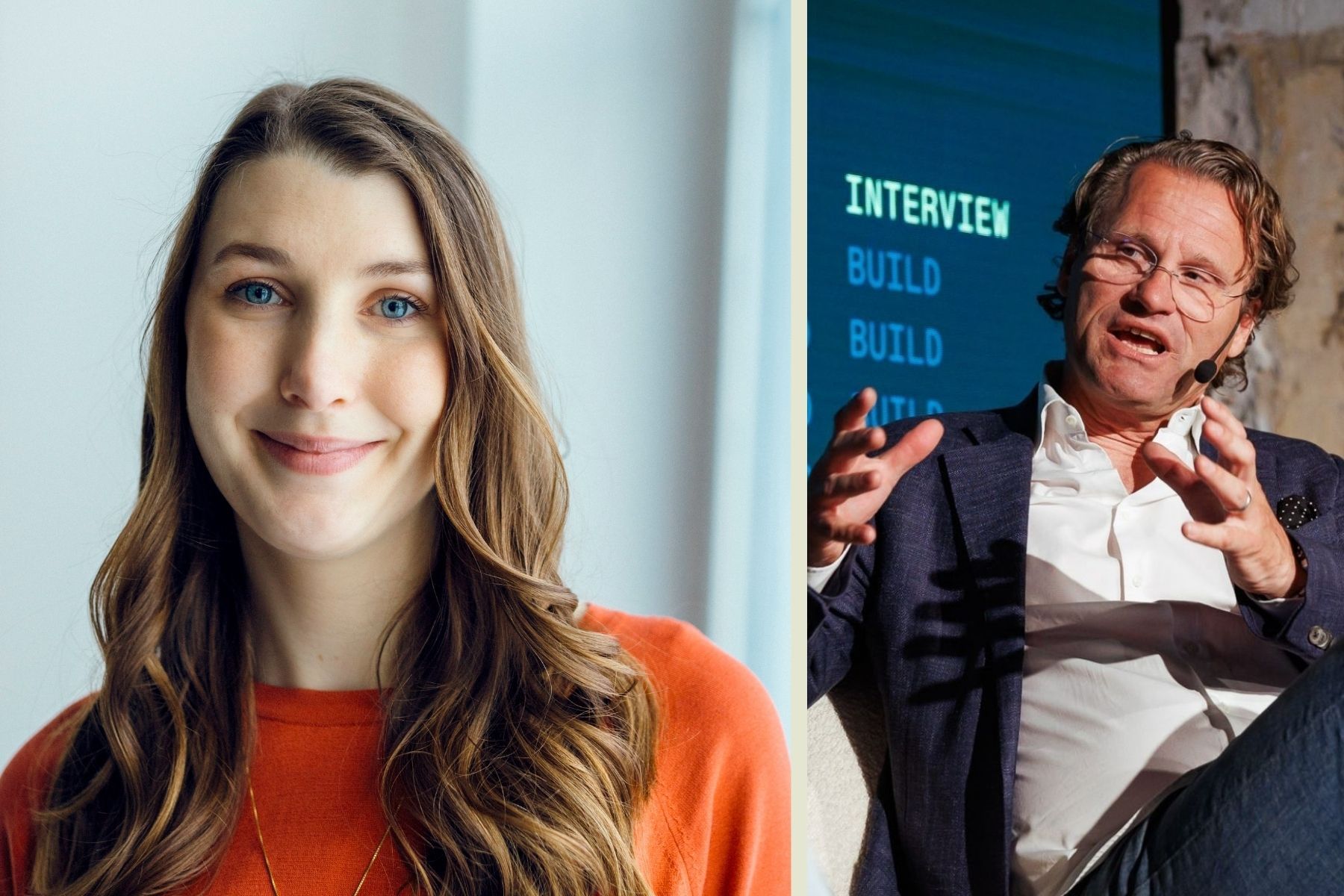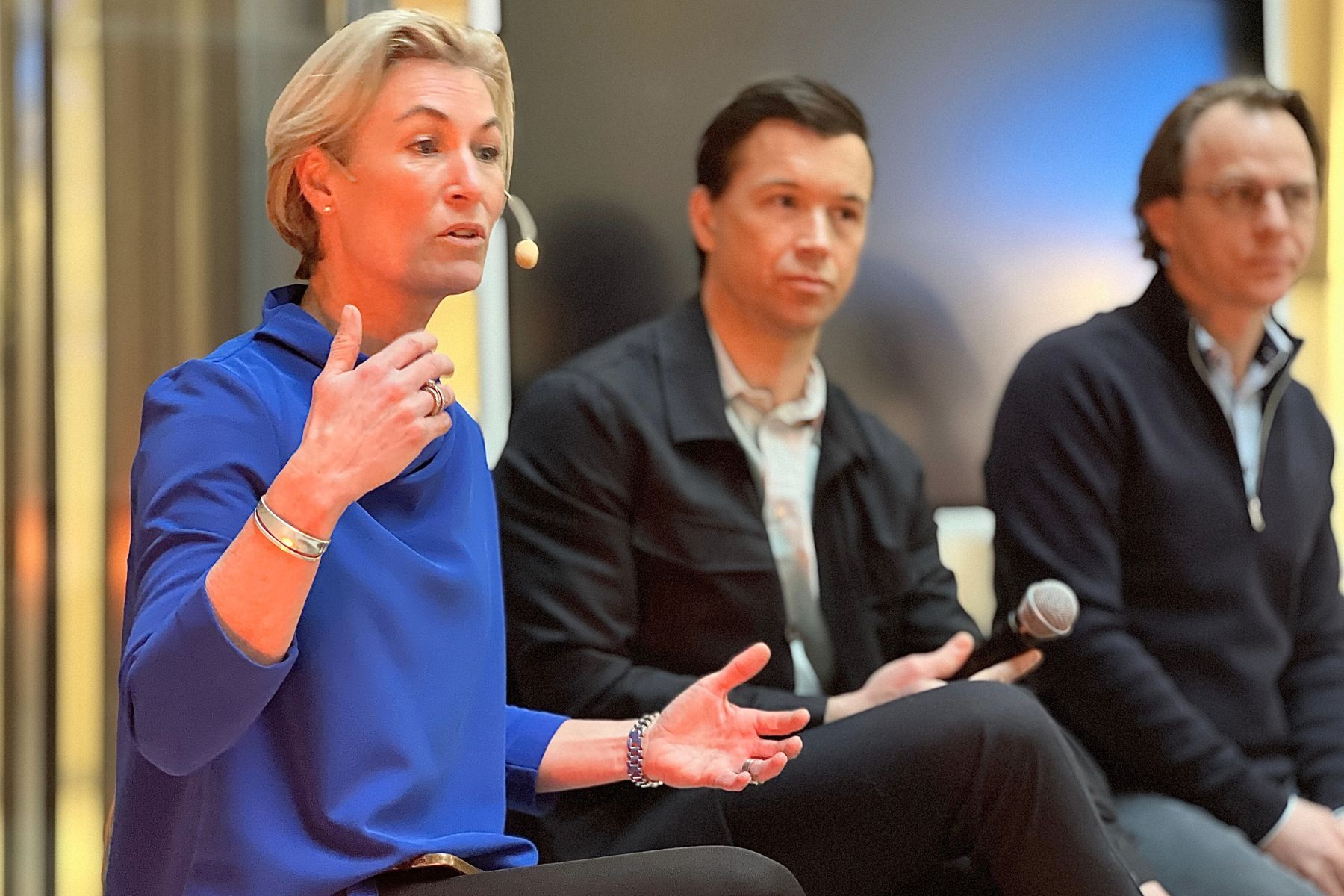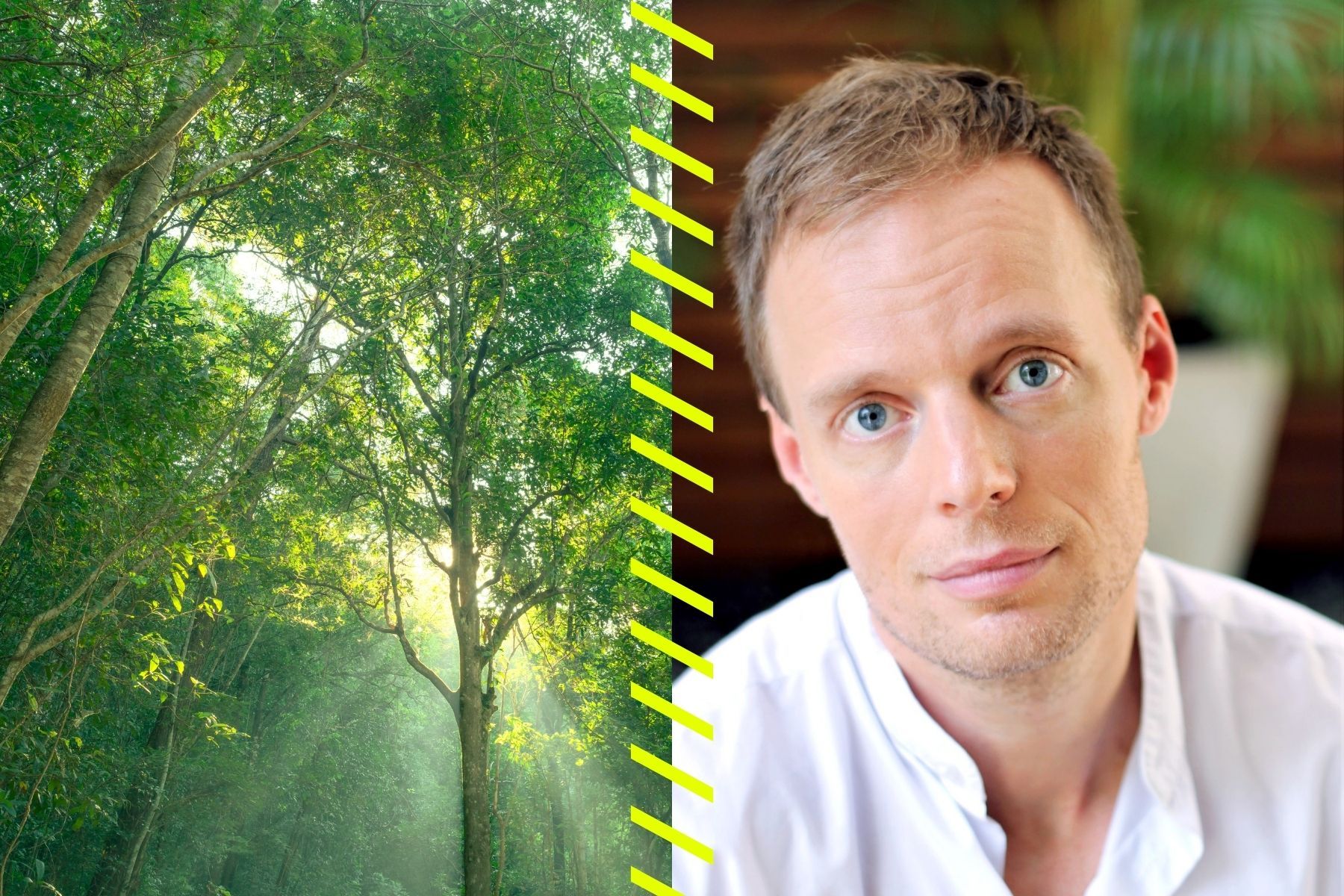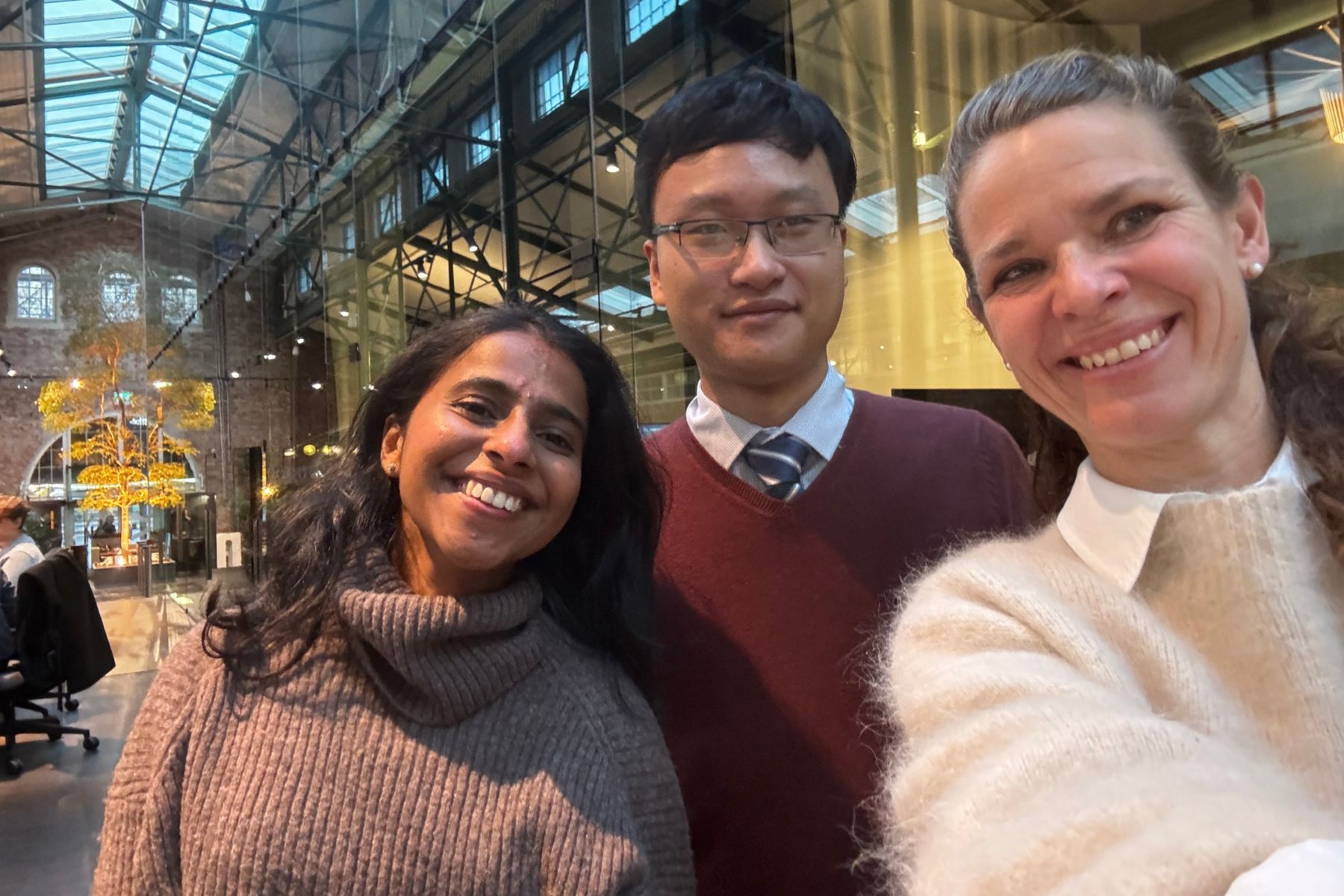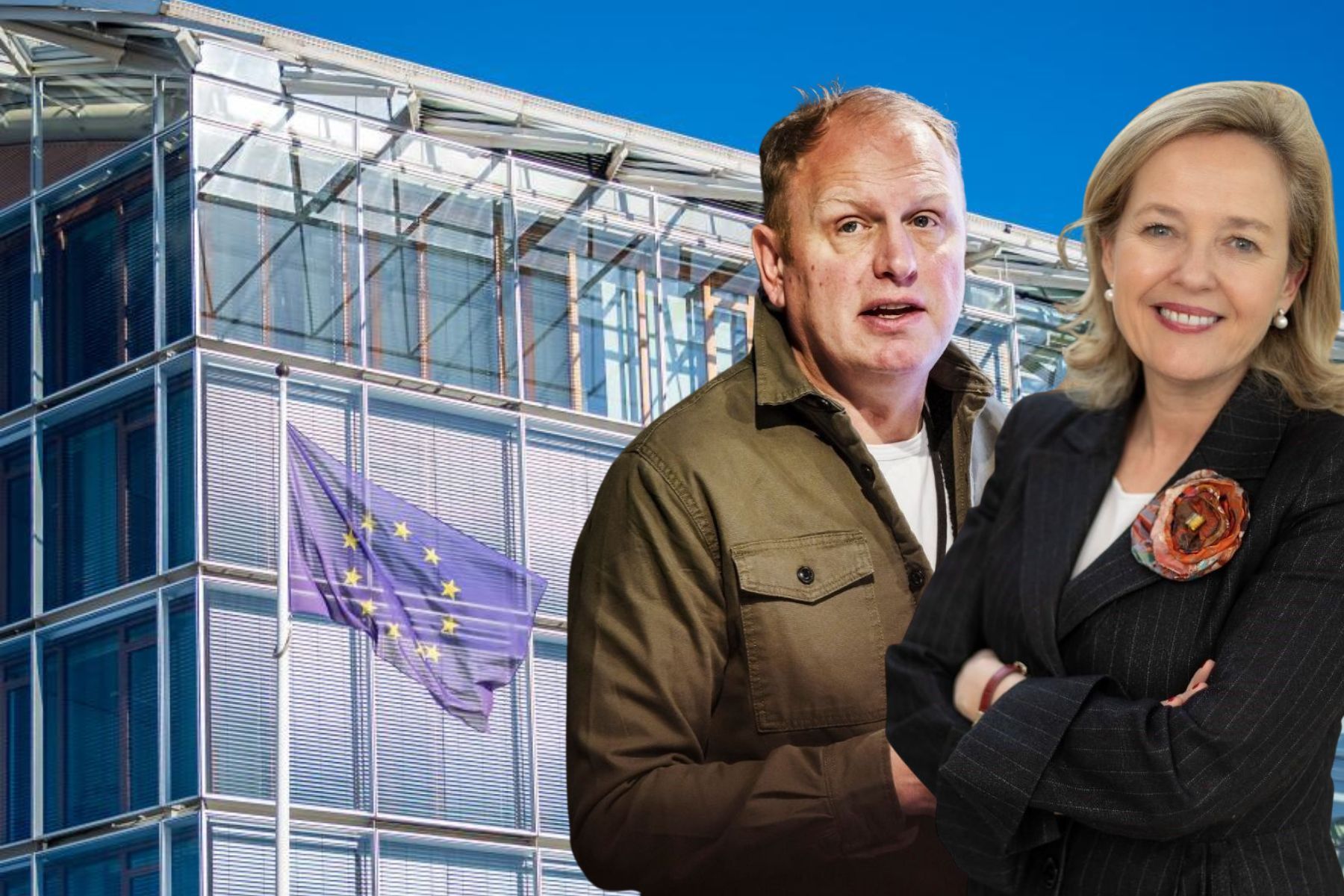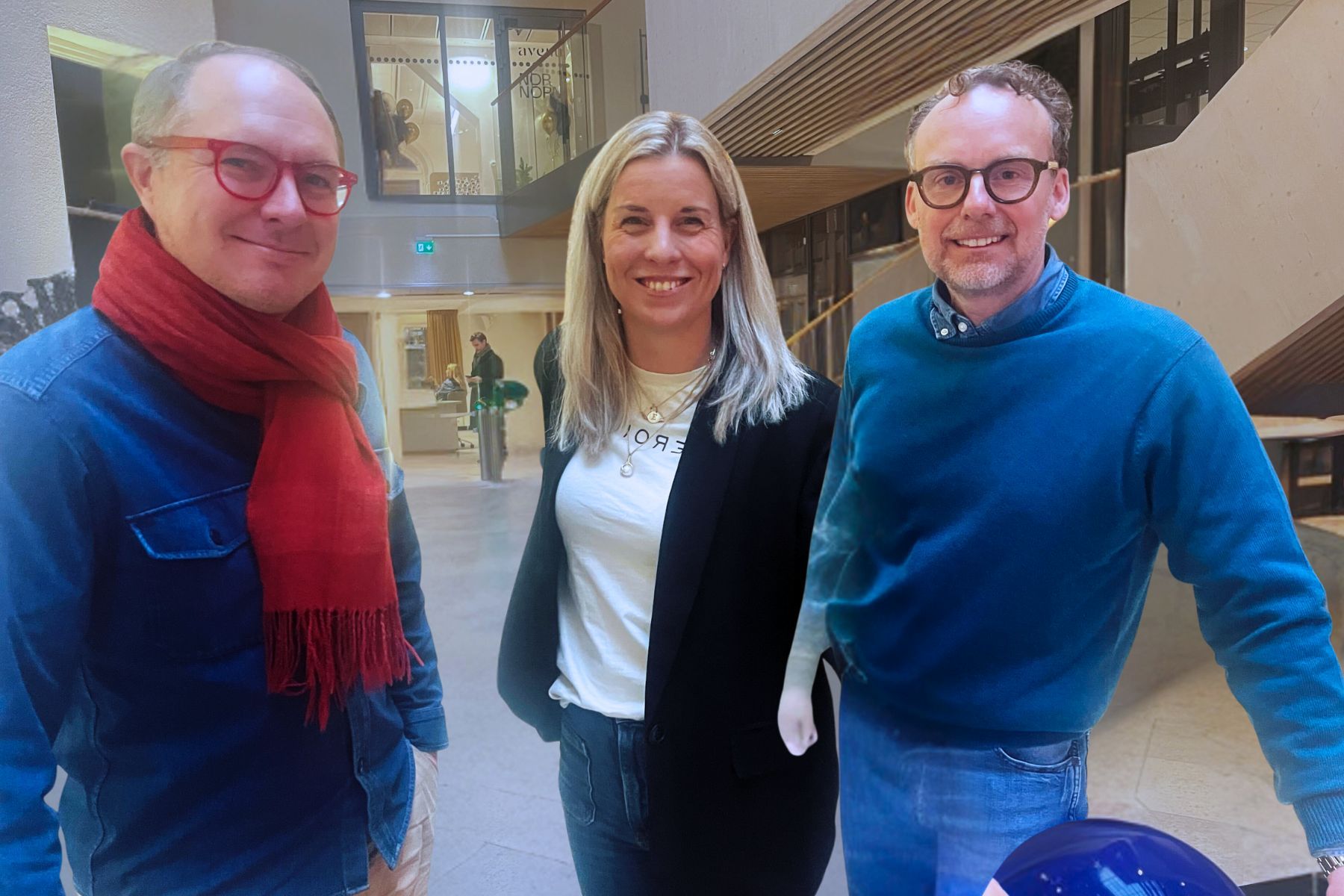I founded an impact company that I am now leaving – here are my biggest learnings and the one big mistake
After leaving the company he founded, &Repeat, Tor Espen Steinvik shares his three most significant insights for the Impact Loop readers.


I recently departed from the company I founded three years ago – &Repeat, a company dedicated to helping restaurants reduce packaging waste and enhance their eco-friendly practices.
This summer, we merged with an industry colleague from Finland, and I found myself at a crossroad. Parting ways came with mix emotions. On one hand, I am proud of having built something loved by so many. On the other hand, I can't help but feel a tinge of disappointment as we deviated from the incredibly promising trajectory we embarked on during our early-stage company building.
Over the past few months, I've engaged in extensive reflection, pondering the essential lessons and contemplating what I, and we collectively as a team, could have done differently in the case of &Repeat. In hindsight, there are certain aspects I wish I had been aware of and handled differently, which I now aspire to share with the broader impact community.
Below are three of the most significant insights I've gained from my journey with &Repeat.
1. Cash is thicker than traction
A company can be successful – but still have financial problems. I learned this the hard way when &Repeat had strong traction in early 2021 with around 100K EUR in MRR (Monthly Recurring Revenue), something that we build on only 12 months (!).
But with the collapse of the capital market playing against us we suddenly found ourselves in a cash crunch situation. Precrastinated scale hirings meant a heavy burn-rate which could not be sustained, and within a timeframe as little as weeks “scaling” was replaced with “restructuring” – all while trying to maintain traction.
This turned out to be incredibly difficult. Instead the cost cutting led us into a downward spiral where traction was lost and customers started to churn (customers outside your home market will churn first). This meant lower revenue which again meant longer road to profitability. Cash was again king and we found ourselves in a very difficult place.
Because of incredible investors on our cap table we somehow managed to survive, but is nothing I want to experience again or recommend anyone else to end up in.
Within weeks 'scaling' was replaced with 'restructuring'
2. The big mistake
Like all companies, we did many mistakes. But I think we did one big one. And although the company is still alive and now again flourishing (so literally it was not deadly), I think there is a big learning in this.
Our biggest mistake was embarking on expansion without having (sufficient) product market fit. The painful truth is that we never got to product market fit – maybe until now with a new regulation coming into force in Sweden. This might be controversial to admit when the company have existed for three years, but it is not unnormal for startups (I have learned in retrospect).
However, the real problem was not the lack of product market fit itself, rather the mixture of missing product market fit (without realizing it) with the money in the bank to embark on expansion.
This combo turned out to be a deadly mix that led to wrong priorities for &Repeat. In order to claim product market fit you need to create value for your users, and ultimately you should also get signals that you are creating stickiness for early adopters or selected user groups.
With conversion levels around 15 percent of total sales from our restaurant partners, and retention levels plateauing around 60 percent after five months for user cohorts that have used our product at least three times, &Repeat had quite good benchmark figures in terms of user adoption and retention (check).
This was obtained by first movers, and is not the same as growth in the mass market
But &Repeat was a two-sided platform business and another important part of obtaining product market fit was ensuring that we brought value to our partners as well. And ultimately this value needs to be proportional to the cost of being a partner, and this is where we missed the ball.
For a normal partner our product required quite an extensive amount of operational effort and at the same time also had a high financial cost to participate. In retrospect I think this was too unbalanced compared to what we really brought of value, and eventually prevented us from sustaining growth without us really realizing it.
Even if we managed to grow very rapidly in the first nine months, this was obtained by addressing first movers, and is not the same as replicating growth in the mass market. We never managed to get beyond 4-5 % market penetration, which I consider to be first movers and early followers.
This leads me to a very important learning: clearly define what product market fit looks like for you, and be very conscious about where the company is at any given time. I would even recommend putting it down on paper and regularly having a sober evaluation together with your management team and investors. Make sure you have the right level of product market fit before you start expansion or scaling (I am not arguing for 100%, 70 % is good enough).
3. A circular business model? Think twice
The beautiful thing about building a circular or impact startup is that you will be cherished on by many. On the flip-side, the biggest challenge of building a circular startup is to get the business model right.
In a linear economy companies get paid when a product moves from one company in the value chain to another. With a circular business model companies will get paid when resources are conserved (meaning when your product is being reused). For companies operating according to standard business economic principles – which most commercial businesses do – it will just be very counterintuitive.
If you are a circular startup you will either need to a) convince the rest of the players in the value chain to switch business model, for the part of business which is involved in a circular business, or b) act as bank for the rest of the companies involved in delivering the service.
You are left with the option of being a bank
Are you also in the consumer market, you are likely to get into double trouble as scale often is dependent on changing existing consumer habits. I claim that the first option (a) is impossible (at least at the current moment of time) and that you are left with the option of being a bank. Or you just find yourself another business model for your circular startup (alternative c).
With &Repeat we choose the later – and I will strongly advice other circular startups to think twice about their circular business model.
Läs gratis resten av året och spara 20% hela 2025!
- Håll dig i loopen med vårt dagliga nyhetsbrev
- Full tillgång till daglig kvalitetsjournalistik med allt du behöver veta inom impact
- Affärsnätverk för entreprenörer och investerare med månatliga meetups
Bli medlem för att fortsätta läsa
✓ All journalistik och genomgångar
✓ Träffa entreprenörer och investerare på våra meetups
✓ Impact Loops investerar-databaser
fr. 459 SEK/mån
Just nu: Uppgradera till Looper och få 20% rabatt
- Exklusiv deal för dig som nyhetsbrevsprenumerant – 20% rabatt i ett år
- Slipp betalväggen – du får full tillgång till all vår dagliga kvalitetsjournalistik
Bli medlem för att fortsätta läsa
✓ All journalistik och genomgångar
✓ Träffa entreprenörer och investerare på våra meetups
✓ Impact Loops investerar-databaser
fr. 459 SEK/mån
Läs gratis resten av året och spara 20% hela 2025!
- Håll dig i loopen med vårt dagliga nyhetsbrev
- Full tillgång till daglig kvalitetsjournalistik med allt du behöver veta inom impact
- Affärsnätverk för entreprenörer och investerare med månatliga meetups










